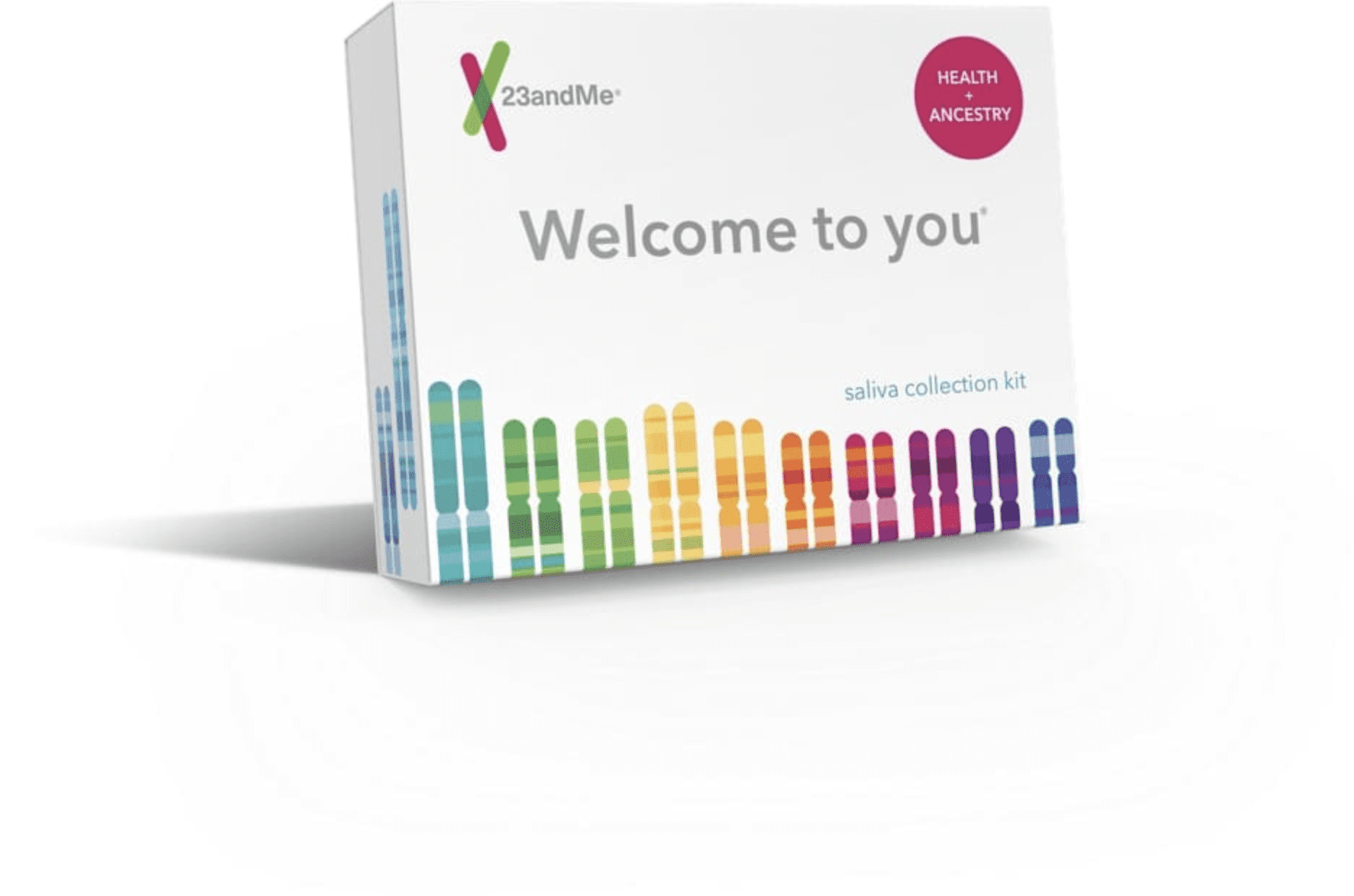How it works
The “smiling muscle” connects each cheekbone with the corners of the mouth. Some people have an extra smiling muscle in their cheeks, which can cause dimples to appear when they smile.
The genetic link
People used to think dimples came from a single, dominant gene inherited from a parent. Now, researchers know this cherubic trait is more complex than people originally thought. 23andMe research studies show that at least nine different genetic variants contribute to dimpling.

Did you know?
Cheek dimples are more common in children than adults. That’s because children tend to have more fat in their cheeks. As children age into adolescence and adulthood, they may lose their dimples as their faces mature.
Explore more
What do your genes have to say about dimples? 23andMe’s Health + Ancestry Service can tell you more about this trait. Pick up our kit and find out how your DNA affects your likelihood of having cheek dimples.

Health + Ancestry Service
References

Leave a Reply